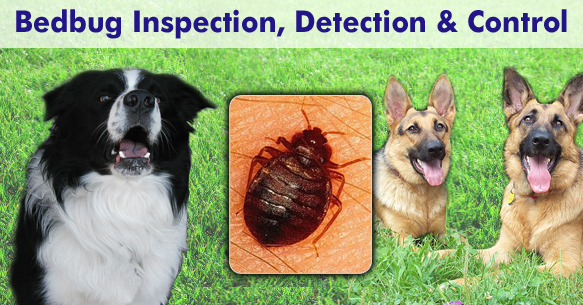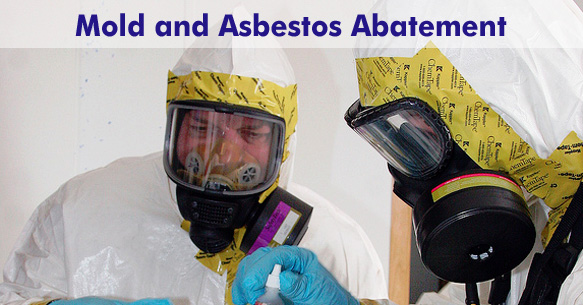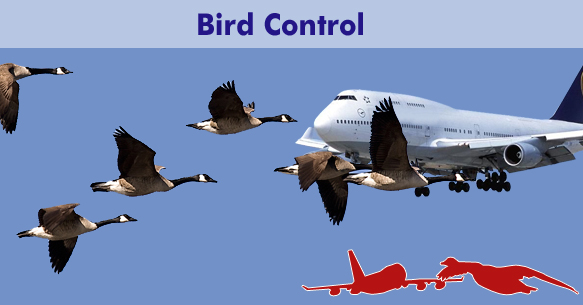
FALL Pest Problems
SUMMER Pest Problems
24/7 Pest Control Service
Integrated Pest Management
Pest Control Products
Mould Basics
Why is there mould in my house?
Simply put mould just happens to be part of our natural environment. Out there in nature mould plays a role in decomposing dead organic substance like dead trees, and fallen leaves, nevertheless, mould growth indoors should be prevented. Moulds reproduce via little spores; such spores cannot be seen by the ordinary eyes and will come through outdoor as well as indoor air. Mould might begin to grow inside when spores safely land on wet surfaces. Various kinds of moulds exist and none will grow or develop without moisture or water.
Can mould bring about health problems?
Usually, moulds are not a challenge indoors, except mould spores find their way onto a damp or wet surface and start growing. Yes, it is possible for moulds to bring about problems. This is because they manufacture allergens (substances with the potential to bring about allergic reactions), and even sometimes mycotoxins; potentially harmful or toxic substances. Breathing in or touching mould or their spores can result in allergic responses in people that are sensitive. Allergic reactions to mould are prevalent. These might be an immediate or delayed response. It is also possible for mould to lead to asthma attacks for those who are negatively predisposed to it. In addition, exposure to mould could irritate different parts of the body, such as: the eyes, nose, skin and throat of anyone (mould-allergic plus non-allergic people included). Symptoms besides allergic as well as irritant kinds due to mould inhalation are not usually reported. Research on the mould phenomenon is an ongoing exercise. For more on this, you should consult your health professional. In regard to this, you may equally get in touch with your state health department.
So how do you do away with mould?
It is very much possible to control mould and its spores indoors, but not to do away with this entirely. Some mould spores will be present indoors via air as well as coming in together with house dust. What is important is that moisture or water is not available to encourage mould growth. You see for mould growth to be prevented indoors there is a need for indoor moisture control. Consequently, when you discover mould growth this must be cleaned up with the water challenge or problem addressed. If you take care of the mould, without dealing with water issue, then there is great chance mould growth will occur again.
If you still think you have mould problem or suspect this in your building, then Nimby Wildlife and Pest Control is here to help out. Please do get in touch with us immediately.
The Nimby Advantage
- TRUE 24 hour service! Answered by a Nimby professional not an answering service.
- Professionally trained pest and wildlife control workers.
- Personalized service. We will tailor your pest or wildlife control measures to your individual situation.
- The Nimby guarantee. We will ensure your 100% satisfaction every time.
Site Links
Pest Identification
About Nimby
Nimby Education Centre
- Airport bird hazard risk assessment process.
- Nimby bird repellers, devices and aversion.
- Certified traps - AIHTA Implementation.
- Protecting your family and pets from rabies (MNR document).
- Bedbug fact sheet (City of Toronto)
- Avoiding bedbug hitch hickers.
- Pest Control Products Act.
- Nimby Fact Sheet - Preparation for Cockroach Treatment.
- Ontario Pesticides Act.
We Control:
Ants, Ant nests, Ask the experts, Bats, Beatles, Bedbugs, Bees, Bee Stings, Birds, Booklouse, Box Elder Bugs, Carpenter Ants, Carpet Beetles, Canadian Pest Management Association, Carpenter ant photos, Carpet beetles, Centipedes, Choosing a pro, Clothes moths, Clover Mites, Cockroaches, Controlling pests, Crows, Finding a Pro, Fleas, Flies, Gnats, Grain beetles, Geese, Gulls, Hantavirus, Home page, Index page, Insects, I.P.M. , Ladybugs, Mice, Millipedes, Moles, Moths, Mold, Other pests, Pantry Pests, Pest pro Associations, Pharaoh Ants, Phorid Flies, Pigeons, Pill Bugs, Powder post beetles, Psocid, Raccoons, Rats, Real Estate & Pests, Red-winged Blackbird, Rodents, Sea-gulls, Skunks, Spiders, Snakes, Sow Bugs, Starlings, Supplies for pest control, Termites, Wasps, Wasp Stings, Wasp Traps, Weevils, Wildlife pests, Wildlife control products
Service Areas
Nimby Pest Management offers Wildlife, Pest, Bird and Animal Control and Control and Removal throughout Ontario. Our Bird Control and Animal Control Services are available in Acton, Ajax, Barrie, Brampton, Burlington, Caledon, Georgetown, Guelph, Hamilton, Kitchener, London, Markham, Milton, Mississauga, Newmarket, Niagara Region, Oakville, Orangeville, Oshawa, Ottawa, Peterborough, Richmond Hill, St. Catharines, Scarborough, Toronto-Central West, Toronto-Central East, Toronto-Etobicoke, Toronto North York, Vaughan, and Whitby. We also serve all Canadian Provinces and most of the U.S. Please contact us for more information.





